Finding the perfect home design photo for my inspiration is a journey! It’s more than just scrolling through Pinterest; it’s about unearthing images that truly resonate with your personal style and lifestyle. This quest involves understanding your dream home’s key elements, mastering online search strategies, and learning to analyze design elements like color palettes and architectural styles. Ultimately, the goal is to create a cohesive visual mood board that guides your home design journey, transforming abstract ideas into a tangible vision.
From defining your “perfect” home – encompassing everything from must-have features to desired aesthetics – to sourcing high-quality images from reputable sources, this guide walks you through each step. We’ll explore effective search techniques on various platforms, showing you how to refine your searches and organize your finds. We’ll also delve into the crucial aspects of adapting inspiration to your specific needs and budget, ensuring your dream home remains practical and personalized.
Defining “Perfect” Home Design
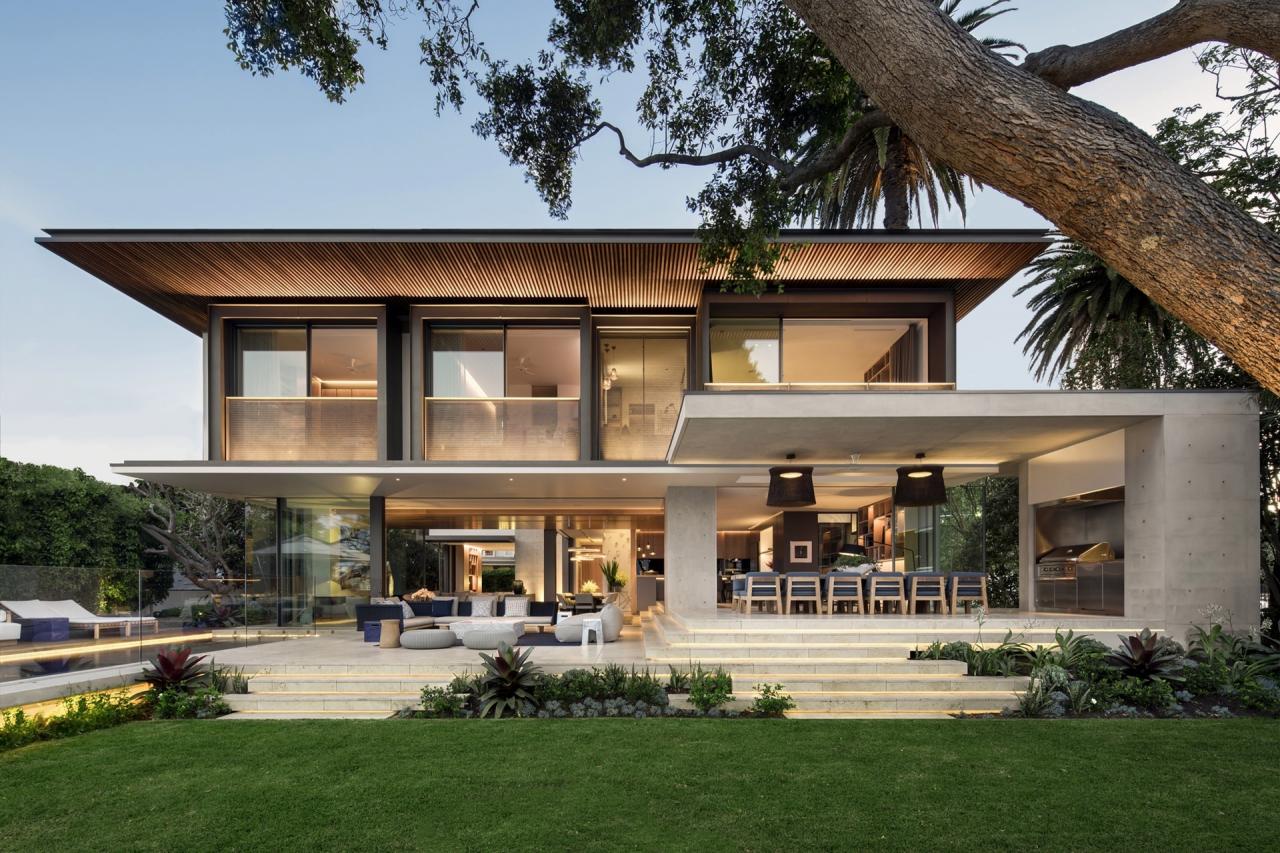
Finding the perfect home design photo for inspiration is more than just browsing pretty pictures; it’s about visualizing your ideal lifestyle and translating that vision into a tangible space. It’s about understanding what truly makes a house a home, tailored specifically to your needs and preferences. This involves considering not just aesthetics, but also functionality, comfort, and long-term livability.The characteristics of a dream home are deeply personal, varying widely depending on individual lifestyles and priorities.
For some, it might be a sprawling countryside estate, while others might envision a cozy city apartment. The key is to identify the elements that consistently resonate with your vision of the perfect living space, regardless of architectural style or location. This process involves careful consideration of both practical and emotional aspects of homeownership.
Defining Key Features and Styles
The ideal living space encompasses a harmonious blend of functionality and aesthetics. Key features often include an open-plan kitchen seamlessly flowing into a dining and living area, promoting social interaction and a sense of spaciousness. Natural light is crucial, flooding the rooms with warmth and creating a cheerful atmosphere. For many, a dedicated home office or workspace is a non-negotiable, reflecting the increasing integration of work and home life.
The style itself can range from minimalist modernism with clean lines and neutral palettes to rustic charm with exposed beams and natural materials. The choice depends entirely on personal preference, but the underlying principle remains consistency and a cohesive design that reflects the homeowner’s personality.
Mood Board Visualization
Imagine a mood board filled with imagery that captures the essence of your dream home. A calming image of a sun-drenched living room with large windows overlooking a lush garden might represent the desired atmosphere. A photograph of a sleek, modern kitchen with minimalist cabinetry and stainless steel appliances could showcase the preferred aesthetic. Texture plays a crucial role, so perhaps a swatch of soft, luxurious wool fabric is included to represent the desired tactile experience.
Color palettes are essential; a calming blend of soft blues and greens might be contrasted with warm accents of terracotta or mustard yellow, reflecting both tranquility and vibrancy. The overall effect should evoke a feeling of comfort, serenity, and a sense of belonging. This visual representation helps solidify the vision and provides a tangible reference point throughout the design process.
Must-Have and Desirable Elements
The perfect home incorporates both essential elements and desirable features. A list of must-have elements might include ample storage space, energy-efficient appliances, and a well-designed layout that maximizes functionality. These are the practical aspects that ensure daily living is comfortable and convenient. Desirable features might include a spacious master suite with an ensuite bathroom and walk-in closet, a dedicated home theatre, or an outdoor space such as a patio or balcony.
These add a touch of luxury and enhance the overall living experience. The balance between these two categories is crucial, ensuring the home meets both practical needs and personal aspirations. For example, a young professional might prioritize a well-equipped home office as a must-have, while a family might focus on a large backyard and multiple bedrooms.
Utilizing Online Resources for Inspiration
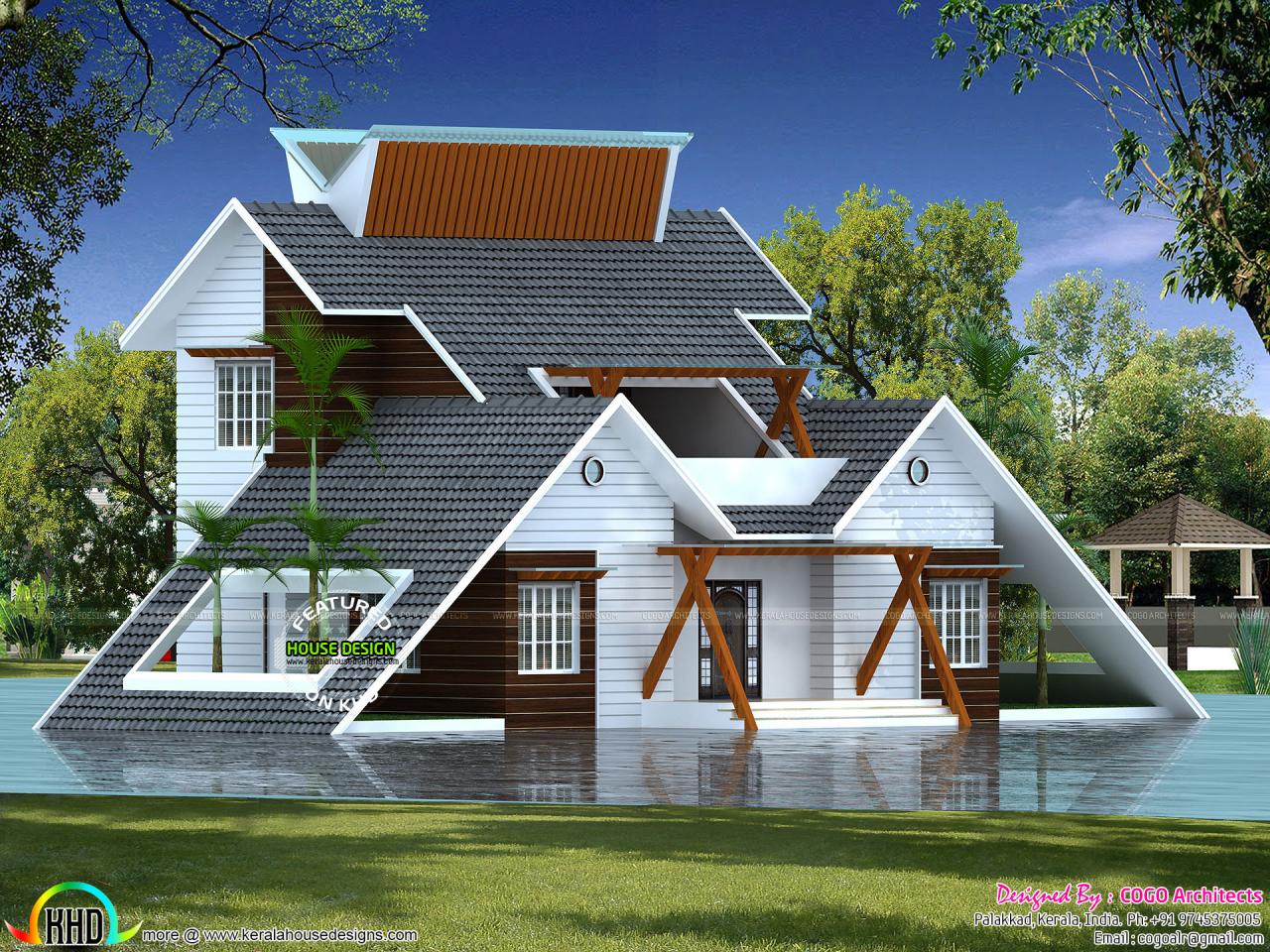
Finding the perfect home design inspiration hinges on effectively leveraging online resources. The sheer volume of images and platforms available can feel overwhelming, but with a strategic approach, you can efficiently curate a collection of designs that resonate with your vision. This section explores how to navigate the digital landscape of home design inspiration, focusing on efficient search strategies and organization techniques.
The internet is a treasure trove of home design inspiration, offering a vast array of styles, colors, and layouts. However, sifting through this abundance requires a structured approach. Understanding the strengths and weaknesses of different platforms, employing effective search strategies, and developing a robust image organization system are crucial steps in your journey to finding the perfect design.
Popular Home Design Websites and Platforms Compared
Several platforms dominate the online home design space, each offering unique strengths. Pinterest, for example, excels at visual discovery through its image-centric interface and collaborative nature. Houzz, on the other hand, boasts a more comprehensive database, integrating professional profiles, product information, and design ideas. Instagram, while not exclusively focused on home design, offers a wealth of visually appealing content from both professionals and enthusiasts.
Finally, websites like Architectural Digest and Dwell magazine provide curated content from leading designers and architects, often featuring high-quality photography and in-depth articles. Choosing the right platform depends on your preferred browsing style and the level of detail you require. Pinterest is ideal for quick visual browsing, while Houzz provides more in-depth information and professional connections. Instagram offers a more casual and diverse feed, and specialized magazines provide highly curated content.
Effective Search Strategies on Various Platforms
Effective searches are key to finding relevant images. On Pinterest, using specific s like “mid-century modern kitchen,” “coastal living room,” or “minimalist bedroom” yields targeted results. Employing relevant hashtags is equally important on Instagram (#modernhomedecor, #scandinavianinterior, #farmhousekitchen). On Houzz, the platform’s robust search filters allow for refined searches based on style, room, and even specific features (e.g., “open-plan kitchen with island”).
Using a combination of s and advanced filters on each platform maximizes your chances of finding relevant images. For instance, searching “grey kitchen cabinets contemporary style” on Houzz will yield more specific results than a general search for “kitchen cabinets” alone.
Saving and Organizing Inspiring Images, Finding the perfect home design photo for my inspiration
Once you’ve found images you love, saving and organizing them is critical. Pinterest’s built-in boards offer a simple and effective way to categorize images by room, style, or other criteria. Houzz allows for the creation of ideabooks, functioning similarly to Pinterest boards. For Instagram, you can save images directly to collections. Beyond platform-specific features, consider using cloud-based storage services like Google Drive or Dropbox to create a central repository for all your saved images, ensuring accessibility across devices.
Finding the perfect home design photo for inspiration can be a real journey! For a clean, airy feel, I’ve been obsessed with classic modern home design incorporating natural light , which perfectly captures the ambiance I’m aiming for. These images help me visualize my dream home and refine my design choices before I even pick up a paintbrush.
Ultimately, the perfect photo helps solidify my vision and makes the whole design process so much easier!
Creating a clear folder structure (e.g., by room, style, or project) is essential for efficient retrieval. This structured approach prevents the overwhelming feeling of sifting through hundreds of unsorted images.
Utilizing Advanced Search Filters
Advanced search filters are your secret weapon for refined image searches. Most platforms allow filtering by style (e.g., modern, traditional, farmhouse), color palette, room type (e.g., kitchen, bathroom, bedroom), and even specific features (e.g., fireplace, vaulted ceilings). On Houzz, you can filter by location, price range (for products), and even professional services. Mastering these filters allows you to bypass irrelevant results and focus on images that precisely match your criteria.
For example, searching for “rustic bathroom” and filtering by “brown” and “wood” will refine results to show only rustic bathrooms with a predominant use of brown and wood elements. This targeted approach significantly reduces the time spent sifting through irrelevant images.
Analyzing Design Elements in Images
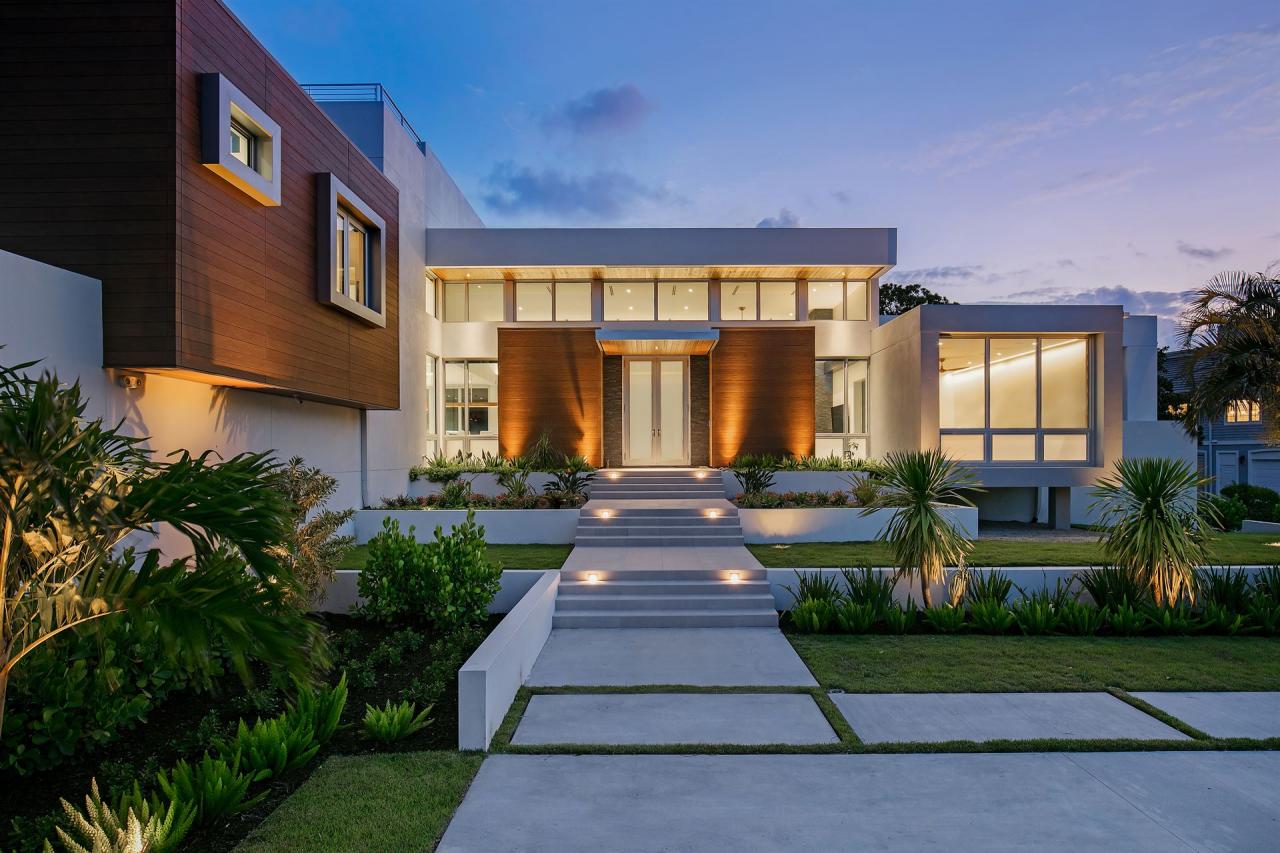
Finding the perfect home design requires a keen eye for detail. Understanding the interplay of various design elements is crucial in translating a photograph’s aesthetic into your own living space. By analyzing color palettes, material choices, and the overall composition, you can effectively dissect what makes a design image resonate with you and apply those principles to your own project.
Deconstructing a home design image goes beyond simply appreciating its beauty. It involves identifying the specific elements that contribute to its overall success. This analysis helps you understand the relationship between form and function, and how different design choices create a particular mood or atmosphere. Let’s explore some key elements.
Color Palette and Material Selection
The impact of color and material selection in home design is undeniable. Imagine a minimalist Scandinavian-style living room: the dominant color palette might be muted whites, greys, and light blues, complemented by natural wood furniture and textural elements like sheepskin rugs. This combination creates a feeling of calm and serenity. Conversely, a vibrant Mediterranean-style kitchen might feature warm terracotta tones, natural stone countertops, and rustic wooden cabinetry.
This evokes a sense of warmth and rustic charm. The interplay of these elements significantly influences the overall atmosphere. For example, the use of cool-toned blues and greens in a bathroom creates a spa-like sanctuary, while warmer tones like yellows and oranges in a dining room foster a welcoming and convivial environment. The selection of materials—be it sleek marble, rough-hewn wood, or polished metal—further enhances the visual appeal and contributes to the functional aspects of the space.
The tactile qualities of the materials also add another layer to the design experience.
Lighting and its Impact on Ambiance
Lighting plays a pivotal role in shaping the mood and functionality of a space. Consider two bedrooms: one with ample natural light flooding in through large windows, creating a bright and airy feel, perhaps furnished with light-colored furniture and sheer curtains. The other bedroom might be designed with warmer, softer lighting, using lamps and dimmer switches, and featuring darker furniture and thicker curtains for a cozier, more intimate atmosphere.
The strategic placement and type of lighting—whether it’s recessed lighting, pendant lights, or strategically placed floor lamps—directly impacts how the space feels. Natural light is often preferred for its brightness and energy-saving qualities, while artificial lighting allows for greater control over ambiance, creating a focused workspace or a relaxing reading nook. The balance between natural and artificial light is crucial in achieving the desired atmosphere.
Architectural Style and Aesthetic Influence
Different architectural styles inherently lend themselves to distinct aesthetic outcomes. A modern home, characterized by clean lines, open floor plans, and minimalist design, will have a drastically different feel compared to a traditional Victorian home with ornate detailing, high ceilings, and a more formal layout. The architectural style acts as a foundation upon which the interior design is built.
For instance, a farmhouse-style home often incorporates natural materials like wood and stone, creating a rustic and cozy atmosphere, while a contemporary home might feature sleek surfaces, metallic accents, and a focus on functionality. Understanding the inherent characteristics of each architectural style helps in choosing the right design elements that complement and enhance the overall aesthetic. The architectural style dictates not just the visual appeal but also the spatial arrangement and flow of the home.
Creating a Visual Mood Board
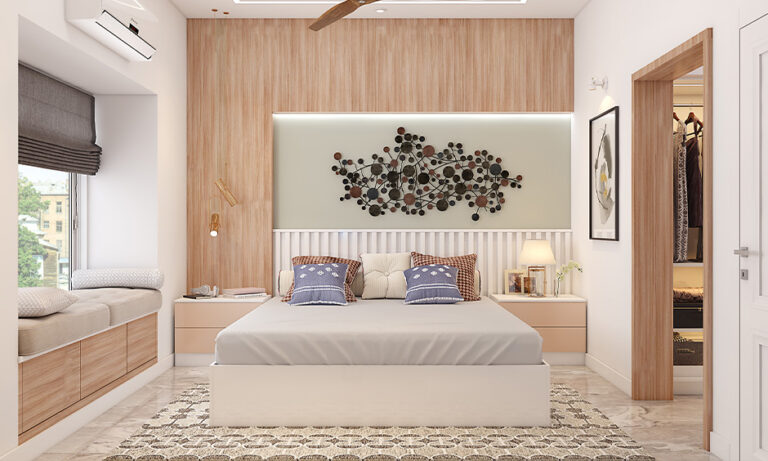
Designing a mood board is crucial for visualizing your dream home’s aesthetic. It acts as a centralized hub for all your design inspiration, allowing you to see how different elements work together before committing to any actual purchases or renovations. A well-crafted mood board provides a clear direction and prevents design inconsistencies.A digital mood board offers flexibility and ease of editing compared to a physical one.
You can easily rearrange images, swap colors, and experiment with different combinations until you achieve the perfect balance. The process involves carefully selecting images that resonate with your vision and arranging them in a way that tells a cohesive story.
Finding the perfect home design photo for inspiration can be a game-changer! If you’re working with a smaller lot, check out these amazing classic modern home design ideas for small lots for some serious style inspo. The right image can spark your creativity and help you visualize your dream home, making the design process so much easier.
Digital Mood Board Design and Image Selection
Creating a digital mood board involves gathering inspirational images from various online resources. This could include images of furniture, paint colors, textures, architectural details, and even landscaping elements. The key is to choose images that evoke the specific feeling and style you desire for your home. For instance, if you’re aiming for a minimalist aesthetic, select images featuring clean lines, neutral colors, and uncluttered spaces.
Conversely, a bohemian style might incorporate vibrant colors, eclectic patterns, and natural materials. The selection process requires careful consideration of your personal preferences and the overall atmosphere you want to create. The images should complement each other, forming a unified visual narrative. Avoid selecting images that clash stylistically or create visual dissonance.
Arranging Images for Cohesive Design
Once you have your images, arranging them effectively is crucial. A well-organized mood board enhances clarity and strengthens the overall design concept. Consider grouping similar elements together. For example, images of flooring, wall treatments, and furniture could be placed in separate sections to illustrate different areas of the home. The arrangement should guide the viewer’s eye through the design narrative, highlighting key elements and creating a visually pleasing flow.
Experiment with different layouts until you find one that best represents your vision. Using a grid system or other visual organizational tools can be particularly helpful.
Mood Board Representation Using HTML Table
The following HTML table represents a sample mood board, categorized by room and design element. Remember that this is a simplified example; a real mood board would likely include many more images.
| Living Room | Kitchen | Bedroom | Bathroom |
|---|---|---|---|
Mood Board Design Description
This mood board showcases a modern minimalist aesthetic with a touch of warmth. The color palette is primarily neutral, incorporating shades of white, beige, and gray, accented with natural wood tones. The overall feel is clean, uncluttered, and calming. The living room features a modern sofa and large windows, maximizing natural light. The kitchen incorporates sleek, white cabinets and marble countertops for a sophisticated look.
The bedroom emphasizes comfort and relaxation with a plush bed and soft linens, while the bathroom exudes a spa-like atmosphere with a freestanding tub and natural stone tiles. The cohesive use of natural materials and neutral colors creates a harmonious and inviting atmosphere throughout the entire home.
Adapting Inspiration to Personal Needs
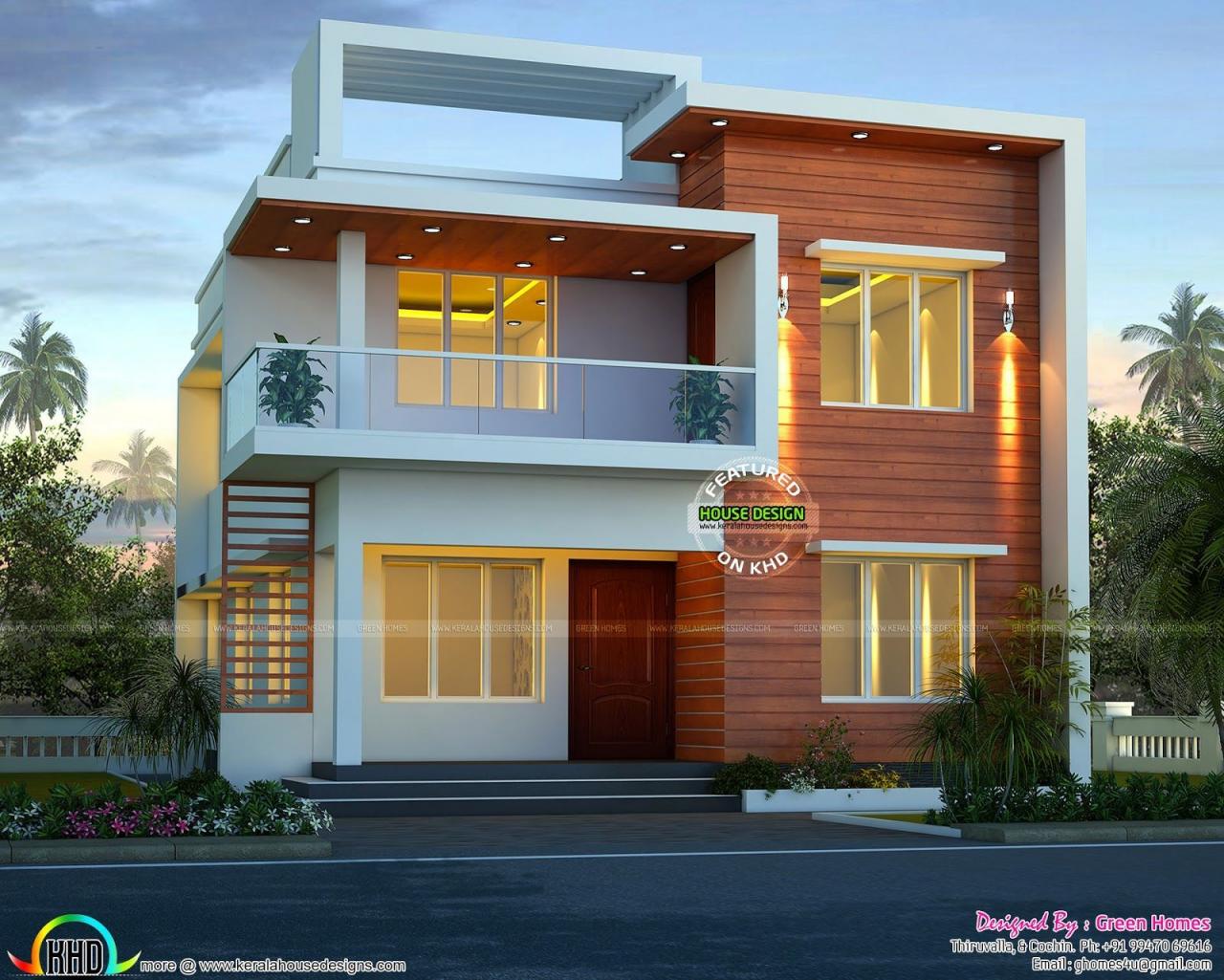
Finding the perfect home design photo is just the starting point. The real challenge lies in translating that aspirational image into a functional and personalized space that fits your unique circumstances. This involves careful consideration of your floor plan, budget, and personal preferences, requiring a blend of creativity and practicality.Adapting inspirational design elements requires a strategic approach. You can’t simply copy-paste a design from a magazine spread into your own home.
The key is to identify the core elements you love – the color palette, the furniture style, the overall mood – and then find ways to incorporate them into your existing space, taking into account your specific constraints.
Modifying Design Elements for Personal Preferences
Successfully adapting inspirational designs involves thoughtful modifications. For instance, you might adore a kitchen featured in a design magazine with sleek, minimalist cabinetry and a large island. However, your own kitchen is smaller and has a different layout. Instead of directly replicating the design, you could adapt the minimalist aesthetic by choosing similarly styled cabinetry, albeit in a smaller scale, and opting for a smaller, more compact island or even a cleverly designed peninsula counter to maintain functionality.
Similarly, you might love the rich, dark wood floors shown in an image but discover they’re far beyond your budget. Consider a more affordable alternative like laminate flooring that mimics the look of dark wood, or explore the use of area rugs to create a similar aesthetic effect in key areas.
Addressing Budgetary Constraints in Design Adaptation
Budget limitations are a common challenge when translating inspirational photos into reality. High-end design often features luxurious materials and custom-made pieces that are simply not feasible for many homeowners. The solution lies in prioritizing. Identify the most impactful design elements that contribute to the overall look and feel you want to achieve. Focus your budget on those key areas, and then find creative and cost-effective ways to address the remaining elements.
For example, instead of investing in expensive designer lighting fixtures, consider purchasing more affordable options and complementing them with stylish, inexpensive shades or DIY projects. Similarly, you could choose high-quality paint for the walls instead of investing in expensive wallpaper to create the same impact on a smaller budget.
Overcoming Challenges in Practical Application
Translating inspiration into a practical design requires careful consideration of your home’s existing features and your lifestyle. A stunning open-plan living space might look amazing in a photograph, but it may not be suitable for a family with young children who need separate play areas or for those who prefer more privacy. Similarly, a sophisticated, minimalist design might not be practical for someone who frequently hosts large gatherings.
The key is to strike a balance between aesthetics and functionality, adapting the inspirational image to your specific needs. For example, if you love the look of a clutter-free minimalist design but struggle to maintain it, consider incorporating clever storage solutions like built-in shelving or under-stair storage to keep things organized and out of sight.
Incorporating Personal Touches and Unique Elements
The final, and perhaps most important, step is to inject your own personality into the design. No matter how beautiful an inspirational photo is, it’s crucial to make it your own. This is where you can truly personalize your space and create a home that reflects your unique style and preferences. Consider incorporating family heirlooms, cherished artwork, or items that hold sentimental value.
These personal touches add warmth and character, making your home feel truly lived-in and special. You might incorporate a unique piece of furniture, a striking piece of art, or a collection of objects that showcase your hobbies or passions, making your home a reflection of who you are.
Sourcing High-Quality Images: Finding The Perfect Home Design Photo For My Inspiration
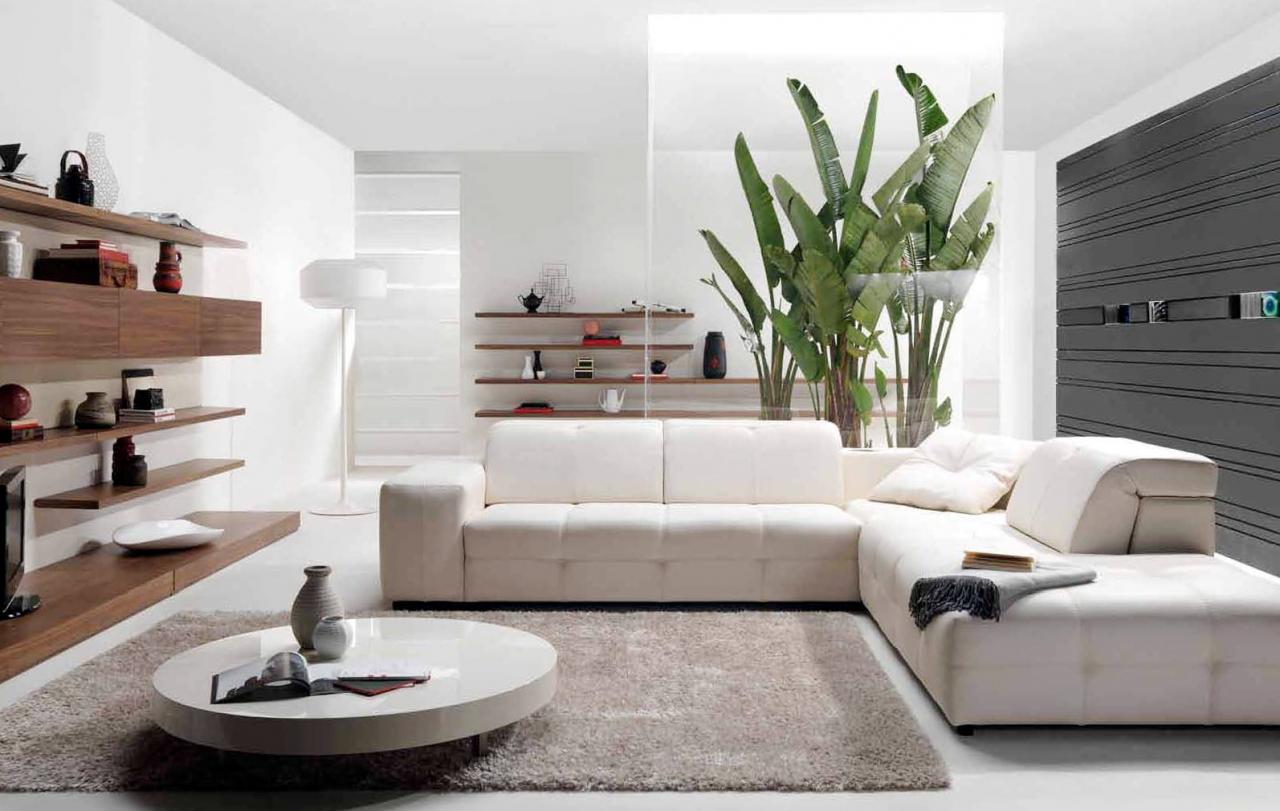
Finding the perfect home design photo hinges on accessing high-quality images that truly inspire. The source of your inspiration significantly impacts the overall quality and legality of your project. Choosing wisely ensures you have visually stunning and legally sound material to work with.
High-resolution images are crucial for detailed examination and effective incorporation into your design plans. Low-resolution images will pixelate when enlarged, hindering their usefulness. Reputable sources offer a range of licenses, from free to paid, catering to different needs and budgets. Understanding the nuances of these sources and their licensing agreements is paramount.
Reputable Sources for High-Resolution Images
Several reliable platforms offer high-resolution images perfect for home design inspiration. These sources provide diverse styles and cater to various aesthetic preferences. Careful consideration of each platform’s strengths and weaknesses helps in selecting the ideal source for your project.
Stock photography websites like Shutterstock, Adobe Stock, and iStockphoto are known for their vast libraries of professional-quality images. Design blogs and websites focusing on architecture and interior design, such as Architectural Digest or Dwell, often feature high-quality images alongside articles and features. Pinterest, while not solely dedicated to high-resolution images, can be a valuable tool for discovering visually appealing designs and finding links to their original sources.
Always verify image quality and licensing before downloading.
Advantages and Disadvantages of Image Sources
Different sources offer unique benefits and drawbacks. Understanding these aspects helps in making informed decisions about where to source your inspiration.
| Source | Advantages | Disadvantages |
|---|---|---|
| Stock Photography Websites (e.g., Shutterstock) | Vast selection, high resolution, various licenses, reliable search functionality | Can be expensive, requires understanding of licensing, may lack unique, less common styles |
| Design Blogs/Websites (e.g., Architectural Digest) | High-quality images, often contextually relevant, inspirational articles accompanying images | Limited selection compared to stock sites, may require more searching to find suitable images, licensing may be unclear |
| Excellent for visual discovery, easy to organize and save images, broad range of styles | Image quality varies greatly, requires careful verification of sources and licensing, potential copyright issues if original source not identified |
Legal Aspects of Using Online Images
Using images found online requires understanding copyright law. Improper use can lead to legal consequences.
Copyright protects images from unauthorized use. Most images online are copyrighted unless explicitly stated otherwise (e.g., Creative Commons licenses). Using copyrighted images without permission is infringement. Always check the licensing information provided with an image before using it. For personal inspiration, the use is usually considered fair use, but for commercial projects, obtaining the appropriate license is crucial.
Websites like Creative Commons offer a range of licenses that specify how images can be used.
Evaluating Image Quality and Relevance
Before incorporating images, assessing their quality and relevance is crucial for a successful design project. A thorough evaluation ensures that the chosen images align with your vision and are of sufficient quality for use.
Check the image resolution (higher resolution is better). Assess the image’s composition, lighting, and overall aesthetic appeal. Does it align with your desired style? Is the image clear and free of distortion? Consider the context of the image – is it representative of the design elements you’re aiming for?
Is the image’s style consistent with the overall vision of your home design? These considerations ensure the selected images enhance your project rather than detract from it.